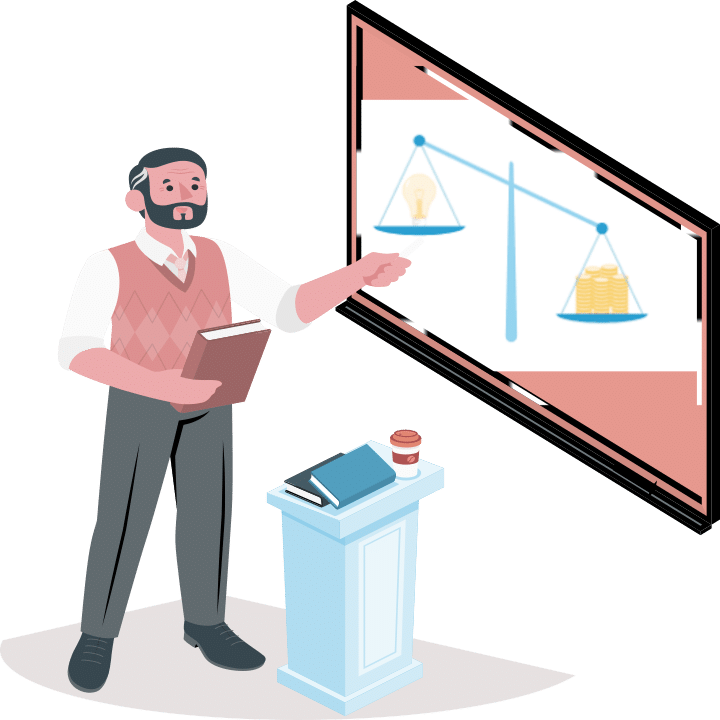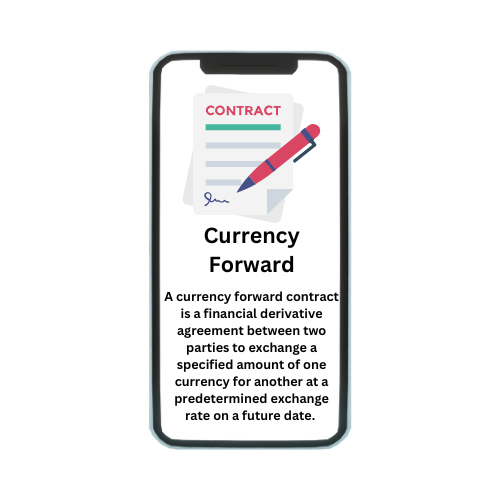The business cycle refers to the natural rise and fall of economic activity over time, characterized by periods of expansion and contraction. It consists of four key phases: expansion, where the economy grows and employment rises; peak, the highest point before a downturn; contraction, marked by declining economic output and rising unemployment; and trough, the lowest point before recovery begins.
These cycles are influenced by factors like consumer demand, interest rates, and government policies. Understanding the business cycle is crucial for businesses and policymakers to anticipate economic changes and plan strategies for sustainable growth.
Key Phases of the Business Cycle:
- Expansion:
Characteristics:
- Increasing GDP growth.
- Rising employment rates.
- Higher consumer demand and spending.
- Growing business investments and profits.
- Stable or increasing wages.
Key Features:
The expansion phase marks a period of prosperity. Businesses experience rising sales, hire more employees, and invest in new projects. Consumers feel confident, which boosts spending on goods and services. Financial markets perform well, and asset prices, such as stocks and real estate, often rise. During this phase, inflation may gradually increase as demand outstrips supply.
- Peak:
Characteristics:
- The peak represents the highest point of economic activity in the business cycle.
- Economic indicators like GDP and employment levels are at their maximum.
- Inflation may be at its highest during this phase due to increasing demand.
Key Features:
- The economy operates at near or full capacity. However, at the peak, economic growth starts to decelerate as factors like high inflation, rising interest rates, and supply chain bottlenecks emerge.
- Businesses may find it difficult to keep up with demand, while labor shortages may drive up wages.
- Contraction (Recession):
Characteristics:
- Falling GDP and declining economic output.
- Decreasing employment and rising unemployment rates.
- Reduction in consumer and business spending.
- Declining industrial production and investment.
- Lower inflation or deflation.
Key Features:
- A recession occurs when the economy experiences two consecutive quarters of negative GDP growth. This phase is marked by shrinking demand, as consumers and businesses cut back on spending.
- Companies may scale down production, lay off workers, and reduce investments. This further deepens the downturn as unemployment rises and consumer confidence falls.
- Financial markets may perform poorly, and asset prices typically decline.
- Central banks, like the Reserve Bank of India (RBI), often intervene with monetary policies, such as lowering interest rates, to stimulate demand and encourage borrowing.
- Trough:
Characteristics:
- The trough is the lowest point of the business cycle, representing the bottom of the economic decline.
- Economic indicators such as GDP, employment, and production are at their lowest.
- Inflation is generally subdued, and interest rates may be at their lowest.
Key Features:
- In the trough phase, economic activity is stagnant, but the rate of decline slows. The economy hits rock bottom and shows signs of stabilizing.
- Central banks and governments may implement aggressive monetary and fiscal policies, such as stimulus packages and tax cuts, to revive growth.
- Recovery:
Characteristics:
- Gradual rise in GDP and employment.
- Increasing consumer and business confidence.
- Growing demand for goods and services.
- Industrial production and investment begin to rebound.
Key Features:
- In the recovery phase, the economy begins to bounce back from the trough. Economic activity slowly improves, and businesses start to hire again.
- Consumer and business confidence rises, leading to increased spending and investments.
- The recovery phase leads to renewed economic expansion, setting the stage for the next cycle of growth.
Drivers of the Business Cycle:
- Consumer Demand: Consumer spending is one of the biggest drivers of economic activity. Changes in consumer confidence and purchasing power directly impact demand for goods and services, influencing the business cycle.
- Business Investments: During periods of expansion, businesses invest in new projects, infrastructure, and technologies. Conversely, they reduce investments during contractions, which can further deepen a recession.
- Monetary Policy: Central banks, such as the RBI influence the business cycle through interest rates and money supply. Lower interest rates encourage borrowing and spending, stimulating growth, while higher rates can slow down an overheating economy.
- Fiscal Policy: Government spending and taxation also play a crucial role in regulating the business cycle. Expansionary fiscal policies (increased government spending and lower taxes) can stimulate growth, while contractionary policies can cool down an overheated economy.
- External Shocks:
- Events like natural disasters, geopolitical conflicts, or global pandemics can disrupt the business cycle by affecting global supply chains, trade, and investment flows.
- For example, the COVID-19 pandemic caused a severe contraction in many economies worldwide, followed by significant government intervention and stimulus measures to support recovery.
Measuring the Business Cycle:
Economists and policymakers rely on several key indicators to track the phases of the business cycle:
- Gross Domestic Product (GDP): GDP is the broadest measure of economic activity, representing the total value of goods and services produced within a country. Rising GDP indicates expansion, while falling GDP signals contraction.
- Unemployment Rate: The unemployment rate is a critical indicator of economic health. Rising unemployment is a sign of contraction, while decreasing unemployment reflects growth and recovery.
- Inflation Rate: Inflation measures the rise in prices for goods and services. Moderate inflation is typical during expansion, while low or falling inflation is common during contractions. High inflation can indicate an overheating economy.
- Industrial Production: Industrial output and manufacturing levels reflect business activity. Higher production usually occurs during expansion, while declines occur during recessionary periods.
- Stock Market Performance: Stock market trends can offer insights into the business cycle. Bull markets (rising stock prices) often coincide with expansion, while bear markets (declining stock prices) may precede or occur during a recession.
Types of Business Cycles:
- Kitchin Cycle (Short-term Cycle): Lasts 3–5 years and is driven by fluctuations in inventory levels.
- Juglar Cycle (Investment Cycle): Lasts 7–11 years, influenced by business investments in fixed assets such as infrastructure and equipment.
- Kuznets Cycle (Construction Cycle): Lasts 15–25 years and is linked to major developments in infrastructure and construction.
- Kondratieff Cycle (Long-term Cycle): Lasts 40–60 years and reflects long-term trends in technology, innovation, and economic transformation.
Importance of the Business Cycle:
- For Businesses: Understanding the business cycle helps companies plan their investments, production, and hiring decisions. During expansions, businesses can focus on growth and innovation, while in contractions, they may prioritize cost-cutting and efficiency.
- For Governments: Governments use the business cycle to guide fiscal policies. During recessions, they may introduce stimulus packages or tax breaks, and during booms, they may implement austerity measures to prevent overheating.
- For Investors: The business cycle influences investment strategies. In expansions, stocks and real estate perform well, while in contractions, safer assets like bonds may be preferred.
- For Policymakers: Central banks adjust interest rates and monetary policies based on the business cycle to maintain economic stability and control inflation.
Conclusion:
The business cycle is an essential concept in economics that represents the fluctuations in economic activity over time. By understanding its phases—expansion, peak, contraction, trough, and recovery—businesses, governments, and investors can make informed decisions to navigate the ups and downs of the economy. Proper management of the business cycle through monetary and fiscal policies can help reduce the severity of recessions and foster sustainable growth.







